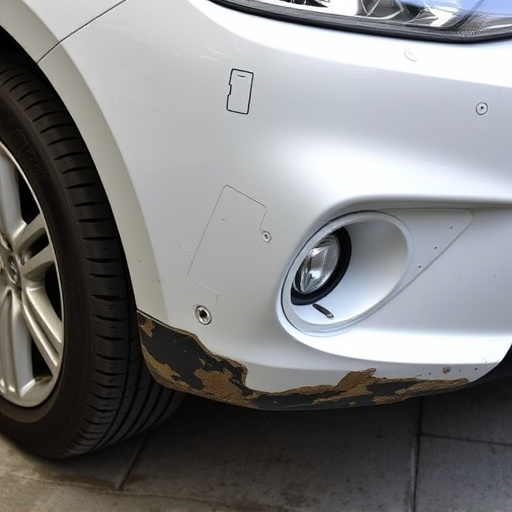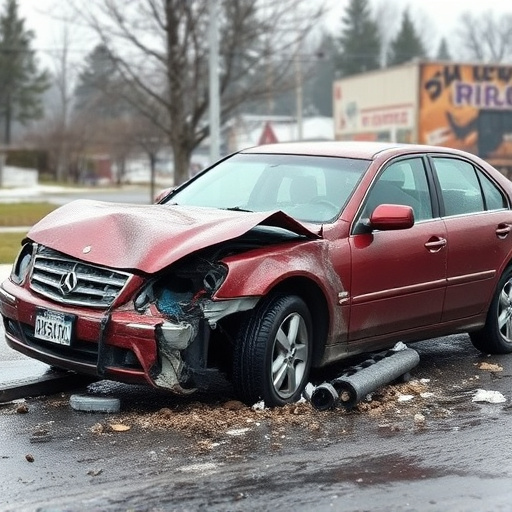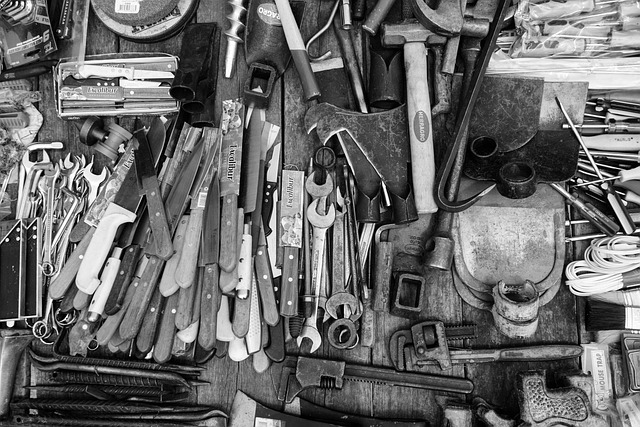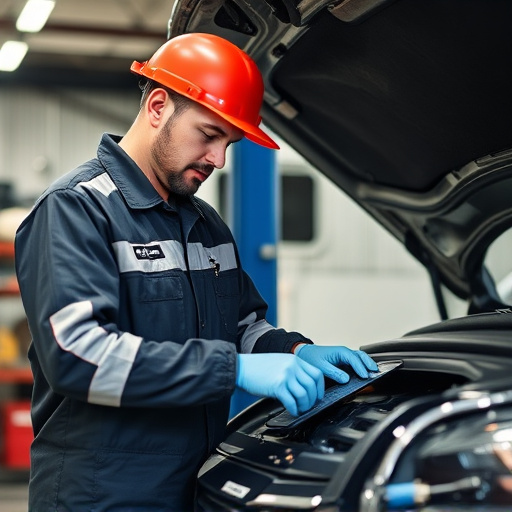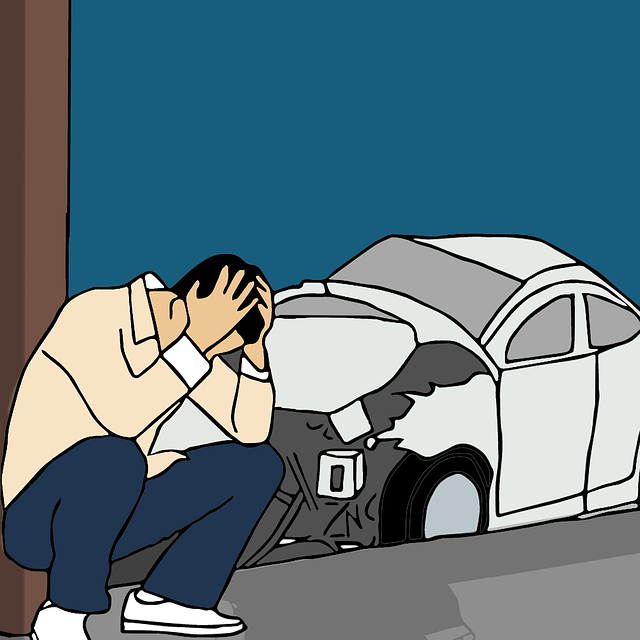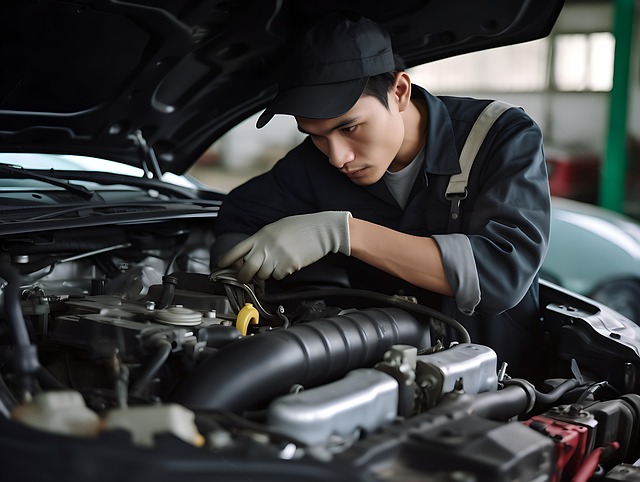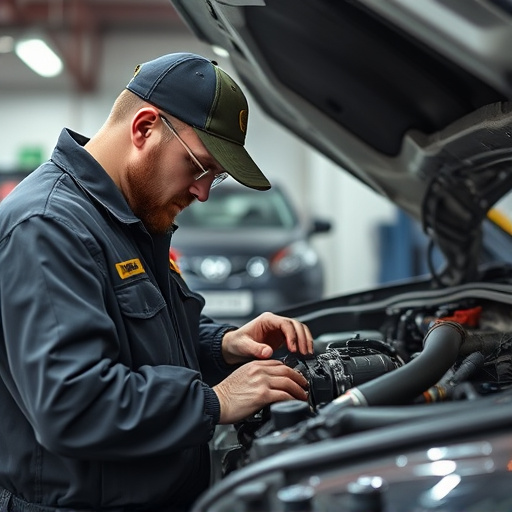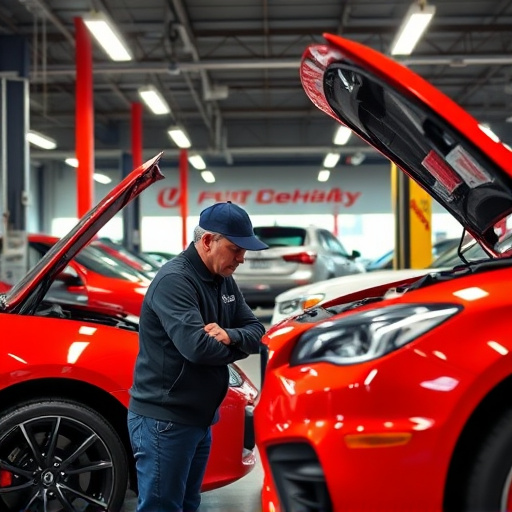This text discusses the concept of diminished value after repair in vehicles, exploring challenges and future innovations. Subjective assessments lack standardization, affecting vehicle resale values. Advanced technologies like AI, digital documentation, and advanced materials aim to improve accuracy, transparency, and mitigate perceived value loss for auto owners.
The concept of diminished value after repair is a significant consideration within the auto industry, impacting both consumers and dealers. As vehicles undergo repairs, their residual value can decrease, creating a complex assessment challenge. This article explores the dynamics of diminished value after repair, defining its essence and dissecting current valuation practices and associated hurdles. We delve into emerging trends and technologies that promise to revolutionize how this concept is approached, shaping the future of post-repair vehicle valuations in the digital age.
- Defining Diminished Value After Repair
- Current Practices and Challenges in Valuation
- Emerging Trends and Technologies Shaping the Future
Defining Diminished Value After Repair

Diminished value after repair refers to the reduced market value of a vehicle post-repair or restoration. This concept is significant in the auto industry, particularly for auto body shops and automotive repair services that aim to restore vehicles to their pre-incident condition. After an accident or damage, a vehicle’s worth can decrease due to various factors, including perceived quality of repairs, changes in technology, and market trends. Auto body shops must consider these aspects when conducting repairs to minimize the impact on a car’s future value.
The challenge for automotive repair services is to balance the need for thorough repairs with maintaining or restoring the vehicle’s pre-incident value. This involves using high-quality parts, employing skilled technicians, and ensuring transparent communication with clients about potential impacts on a vehicle’s resale value. By understanding diminished value after repair, auto body shops can offer more comprehensive and cost-effective solutions to customers while preserving the car’s worth in the long term.
Current Practices and Challenges in Valuation

The current practice of assessing diminished value after a vehicle repair or automotive collision is often subjective and inconsistent. Auto appraisers typically consider various factors like the severity of car damage repair, the age and make of the vehicle, and availability of replacement parts to determine the decrease in a vehicle’s value post-repair. However, this method can be challenging due to the lack of standardized guidelines and the subjectivity involved. Each assessor may interpret these criteria differently, leading to varying estimates of diminished value.
One significant challenge lies in quantifying the psychological impact on owners. Customers often perceive their vehicles as more valuable than assessed, especially if they have emotional attachment or a specific sentimental significance associated with the car. Moreover, the dynamic nature of the auto industry, with ever-changing consumer preferences and technology, makes it difficult to predict long-term market trends that could influence residual value. These complexities necessitate innovative approaches to valuation in the automotive sector to ensure fair compensation for vehicle owners facing diminished value after repair.
Emerging Trends and Technologies Shaping the Future

The future of diminished value after repair in the auto industry is being shaped by several emerging trends and technologies. One notable shift is the increasing adoption of advanced diagnostics tools that enable vehicle body shops to more accurately assess and document pre-existing damage, thereby minimizing disputes related to diminished value. These tools often incorporate artificial intelligence and machine learning algorithms to analyze historical repair records, accident reports, and even vehicle sensor data.
Additionally, the rise of digital documentation and cloud-based management systems streamlines the entire process for auto repair services. This allows for seamless sharing of information between insurers, vehicle owners, and repair shops, enhancing transparency and efficiency. As the industry continues to evolve, integration of advanced materials and techniques in vehicle repair will also play a significant role. These innovations promise not only improved aesthetics but also enhanced structural integrity, potentially reducing the impact of diminished value post-repair for both vehicle owners and vehicle body shops.
The auto industry is on the cusp of a transformative era regarding diminished value after repair, with emerging trends such as advanced data analytics and AI-driven valuation tools promising greater accuracy and efficiency. As consumer expectations evolve, the industry must adapt to meet the demand for transparent and fair post-repair valuations. By embracing innovative technologies and fostering collaboration between insurers, repair shops, and consumers, the future of diminished value after repair looks bright, ensuring a more streamlined and just process for all stakeholders.
